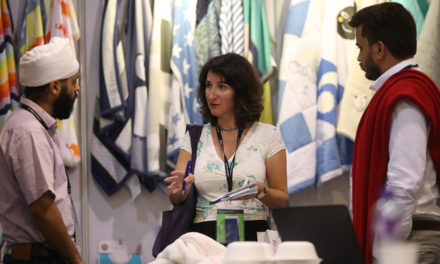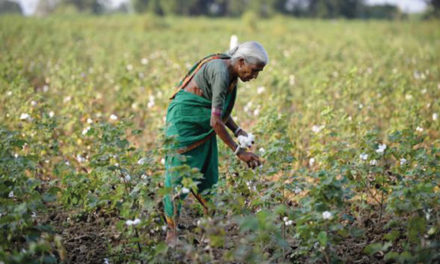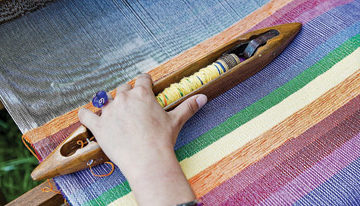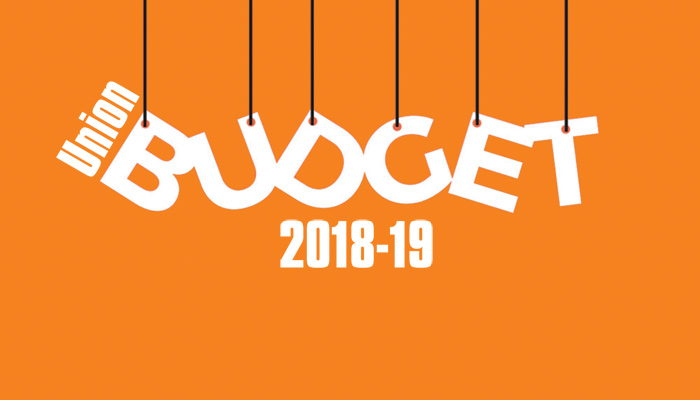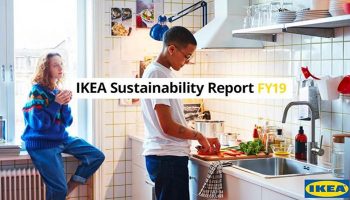 The climate impact of Swedish homeware conglomerate IKEA decreased in fiscal year 2019, according to its new Sustainability Report released. IKEA maintained steady sales growth of 6.5 per cent whilst its footprint decreased by 4.3 per cent to level FY16 levels. The company cites a rapid uptake in renewable energy sources and the utilisation of more recycled and ‘sustainable’ materials as core contributors in this feat. Accordingly, late last year IKEA announced plans to invest 200 mn euro ($220 mn) which is split down the middle to both increase renewable energy within its supply chain and to offset CO2 emissions via better forest management.
The climate impact of Swedish homeware conglomerate IKEA decreased in fiscal year 2019, according to its new Sustainability Report released. IKEA maintained steady sales growth of 6.5 per cent whilst its footprint decreased by 4.3 per cent to level FY16 levels. The company cites a rapid uptake in renewable energy sources and the utilisation of more recycled and ‘sustainable’ materials as core contributors in this feat. Accordingly, late last year IKEA announced plans to invest 200 mn euro ($220 mn) which is split down the middle to both increase renewable energy within its supply chain and to offset CO2 emissions via better forest management.
In its new Sustainability Report for FY19, IKEA reflects on a year of real progress on the sustainability front as it decreases its climate footprint to level that of its FY16. This work is affirmation that efforts to reconsider material usage, energy and the way in which consumers use products is paying off. This is true across IKEA’s extensive portfolio, of which 11 per cent is made of up textile-based products. With regards to how the firm sources and uses its materials, IKEA has increased its utilisation of recycled wood and wood derived from FSC-certified (Forest Stewardship Council) forests.
Recycled polyester usage has more than doubled in the past year, jumping from 24 per cent in FY2018 to 59 per cent. The ambition is that 100 per cent of IKEA’s range will use only recycled content by FY2020 – a target set out last summer that has seemingly been at the forefront of its vision given such progress.
Meanwhile, the firm has continued along similar lines with regards to cotton. Since 2016, the company has ensured all of the estimated 142 mn tonnes it sources comes from sustainable sources.
The Swedish firm undertakes numerous projects the world over with local communities and their farmers to ensure sound practices are used. Just one of many examples, IKEA is working with farmers in Maharashtra India in a project focused on educating farmers and helping them adopt water-saving techniques through artificial intelligence and cloud computing technologies.
Other projects have homed in on the wetlands, crop production practices and, broadly, agricultural best practice. In relation to how this assortment of materials are put to use, the company reports that 80 per cent of its range is assessed against its circular design principles – which champions production that promises a new life to pieces at their end-of-life.
To this end, work has enabled IKEA’s climate impact (CO2 released) associated with product end-of-life to reduce and level that of 2016 emissions. More collections which recapture value from waste – such as ocean plastics – have also been brought in to reduce its reliance on virgin material and subsequently reduce CO2. In January, the firm committed to removing all single use plastic home furnishing products out of its range, action which will have a profound effect on the volume of its stock disposed of.
“IKEA is committed to making a positive difference,” said the IKEA Group’s CEO, Torbjörn Lööf. “This is the only way forward to achieve the big changes we want to see and that need to happen.”


